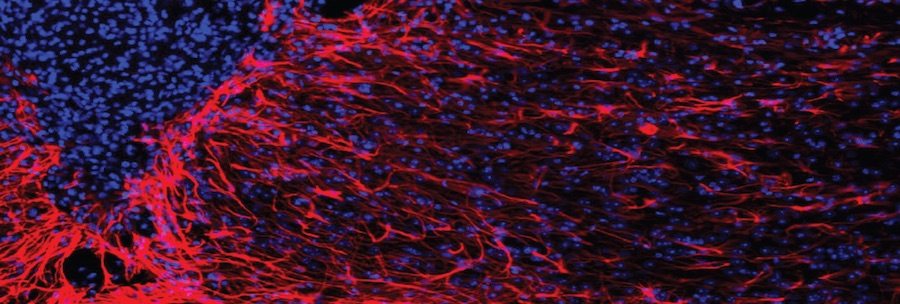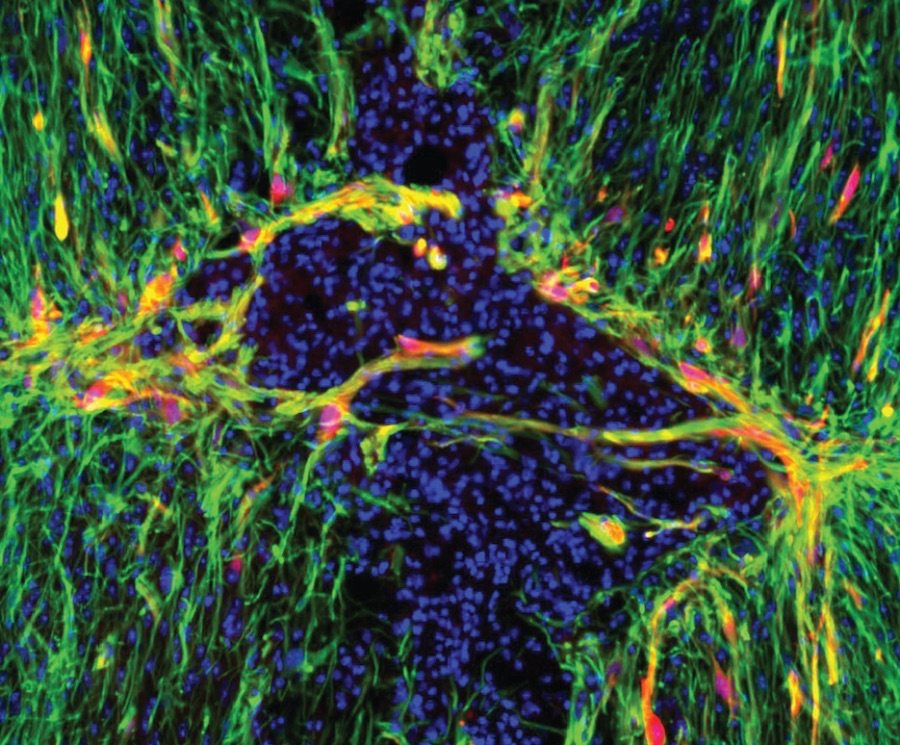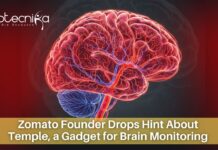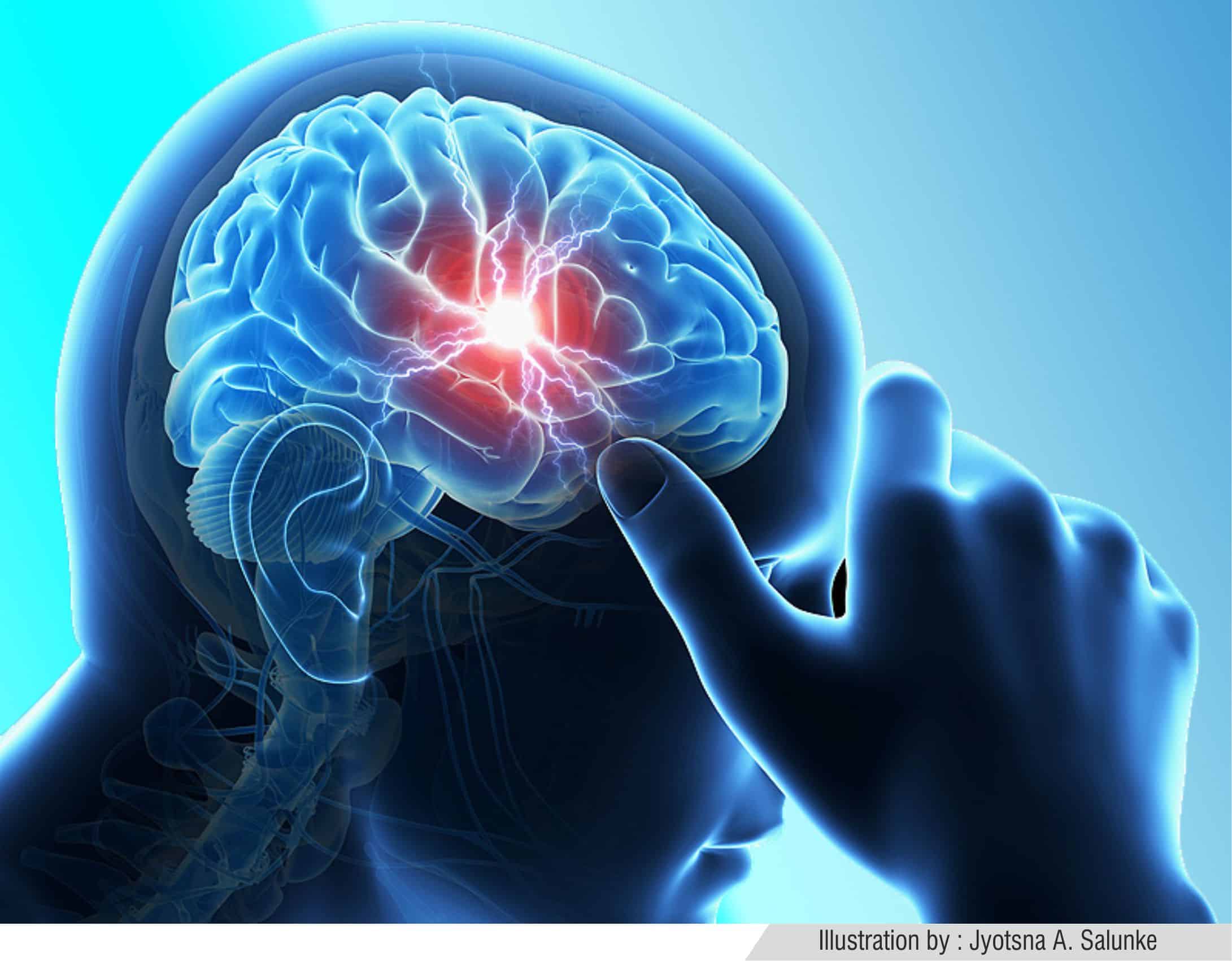Brain, Spinal Cord Injury Could be Treated with the Help of Gene Therapy
Astrocytes have diverse functions in the healthy CNS and participate in CNS pathophysiology. In the healthy CNS, astrocytes provide structural and metabolic support, regulate neurotransmitter uptake and synaptic transmission, and help maintain the blood-brain barrier. Following traumatic injury to the CNS such as a spinal cord injury, astrocytes display a gradient of responses centered around the lesion site.
The role of reactive astrocytes and the glial scar in recovery and repair after CNS injury is complex. Despite the increasingly recognized importance of reactive astrogliosis in the pathogenesis and outcome of neurological conditions, our understanding of its molecular regulation remains limited, especially regarding cell-intrinsic mechanisms.

Now, a team of scientists have demonstrated the role of leucine zipper-bearing kinase (LZK) (MAP3K13), a conserved mitogen-activated protein kinase kinase kinase (MAPKKK), in reducing scars and, potentially, more effective recovery from injury.
The research examined spinal injuries but likely has implications for treating a number of brain conditions through gene therapy targeting astrocytes, said Dr. Mark Goldberg, Chairman of Neurology & Neurotherapeutics at UT Southwestern.
“We’ve known that astrocytes can help the brain and spinal cord recover from injury, but we didn’t fully understand the trigger that activates these cells,” Dr. Goldberg said. “Now we’ll be able to look at whether turning on the switch we identified can help in the healing process.”
Working in mice with spinal cord injuries, the team found that deleting the LZK gene reduced astrogliosis—the increase in astrocyte numbers in response to injury and infection—and resulted in a bigger wound. Overexpressing LZK boosted astrogliosis and led to the creation of a smaller scar.

A smaller scar likely aids the healing process by isolating the injured neurons, similar to how isolating a spreading infection can improve recovery. Further study is needed to analyze whether a compact scar tissue indeed improves recovery and how this process affects the neurons’ ability to reform connections with each other.
Lead author, Dr. Meifan Amy Chen said, “It has been a big mystery whether increasing astrocyte reactivity would be beneficial. The discovery of LZK as an on switch now offers a molecular tool to answer this question.”























